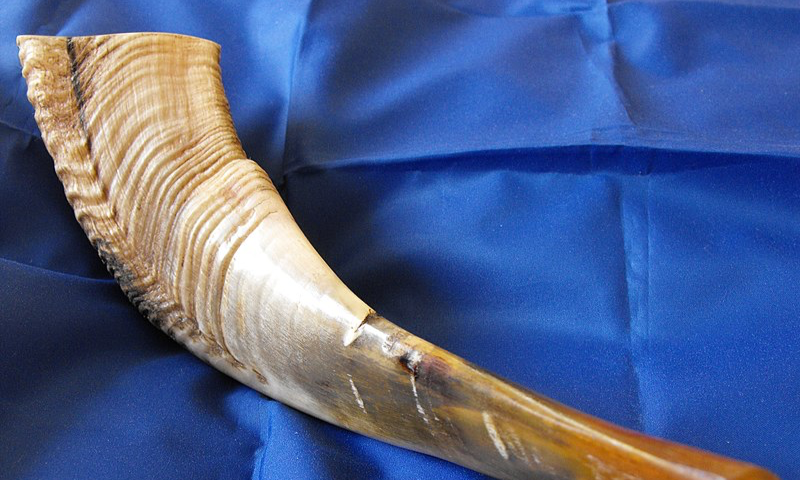Baruch Sterman and Judy Taubes Sterman
Jewish Review of Books, Fall 2023
“There are uncertainties that are by their very nature unknowable, and there are those that could in theory be known but are not known now. Some things are unknowable; others are merely unknown. In the first case, there is greater room for leniency than in the second.”
On Friday, September 12, 1941—at the height of the war, just ten days before the Jewish New Year—the rabbis of Jerusalem received an urgent telegram from Kobe, Japan:
350 JEWS APPEAL RESCUE ANSWER IMMEDIATELY WHICH DAY TO FAST YOMMKIPUR.
Rabbi Yitzchak ha-Levi Herzog was Ashkenazi chief rabbi of Palestine at the time, having succeeded Rav Kook in 1936. For the last few years, Herzog had worked tirelessly to secure visas, certificates, and funds to help free Jews from all over Europe. In 1940, he had been part of a daring and elaborate plan to enable the students from the famed yeshiva in the Belarusian town of Mir to flee the Nazis via Japan en route to Curaçao. By the late summer of 1941, almost the entire student body of the Mirrer Yeshiva would find itself in Kobe. Now Yom Kippur was fast approaching.
The question of Yom Kippur in Japan comes down to maps and lines. On our spherical Earth, when the sun is directly overhead and it is noon, the day is ending one-quarter globe to the east, while the same distance to the west, it is just beginning. If we are to have a calendar, at some point one must arbitrarily define a spot where the date changes abruptly. A single step to the east and January 1 becomes December 31.
In the nineteenth century, the empire on which the sun never set addressed this problem by drawing an imaginary international date line in the middle of the Pacific Ocean running from the North Pole to the South, directly opposite the globe from the Royal Observatory in Greenwich Park, London. Here and there the line meanders, generally reflecting the history of colonization as migrating peoples brought their date with them from the East or West. Jewish law, of course, does not go forth from London, and so rabbinic authorities have attempted to define a Jewish date line. The two main opinions at the time began with the assumption that Jerusalem is the center of the world. Rabbi Yechiel Michel Tucazinsky, a prominent rosh yeshiva in Jerusalem, set the dateline 180 degrees opposite Jerusalem. Rabbi Avraham Karelitz, the leading haredi authority of the time known as the Hazon Ish, argued that since noon in Jerusalem means sunset in China, the date line should be set at the eastern edge of the Eurasian continent. A third view held that there is no uniform date line, and Jewish law should follow the local date.
Japan lies to the east of the Hazon Ish date line but to the west of the line drawn by Rabbi Tucazinsky. The Jewish community in Japan had generally accepted the local reckoning of the date, but the Mirrer Yeshiva in exile was looking for a more authoritative answer.
… [To read the full article, clickhere]


